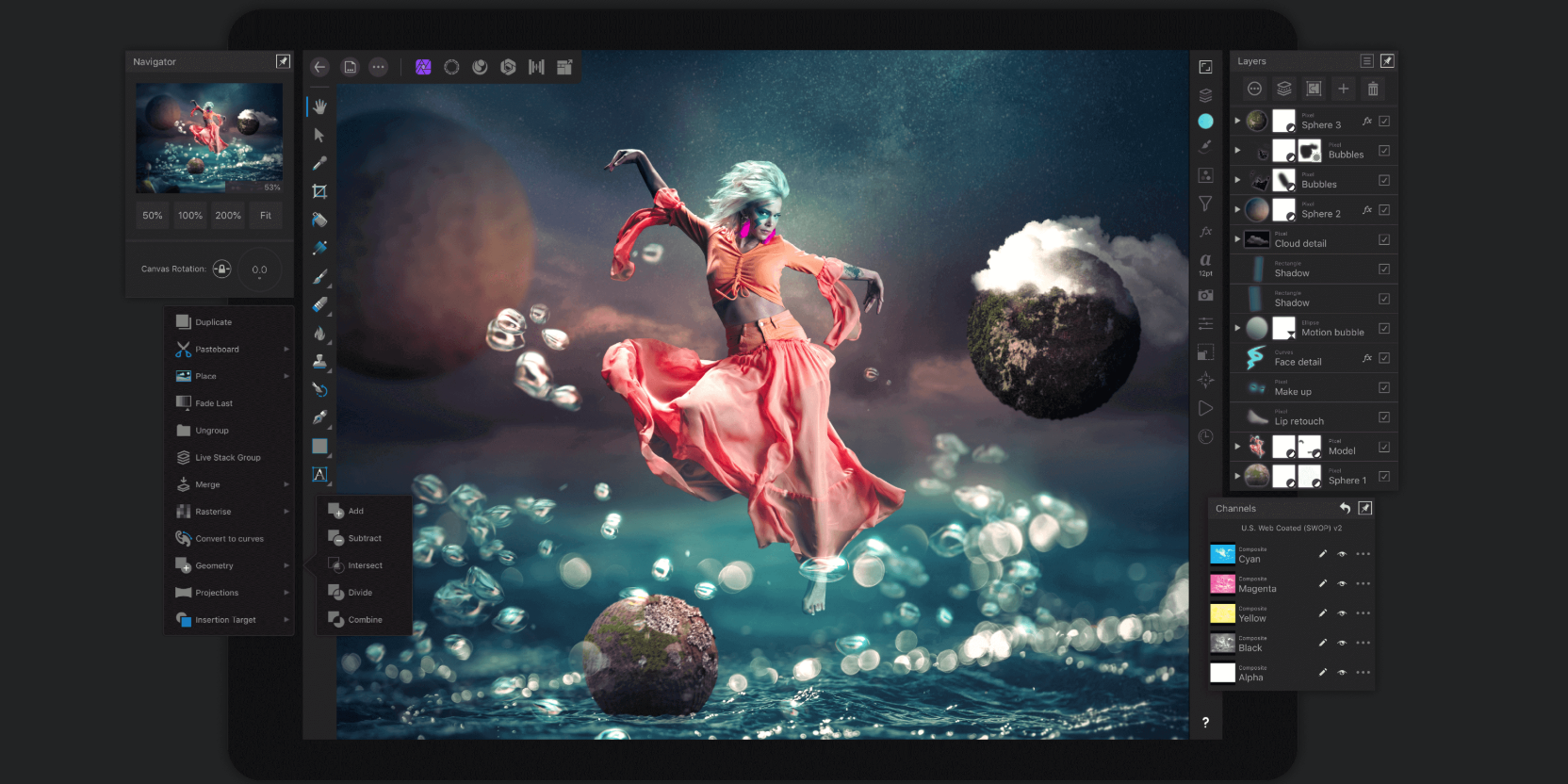

That’s not a problem if I’ve just got 10 files. There’s no way to tag or search files either. Now, I’ve got plenty of storage on my iPad but I don’t like the feeling that if I want to move or copy my files I have to do it one file at a time. Using the Affinity Photo file browser to browse a folder containing 4 files Another limitation is that if I want to back-up a bunch of files, copy or move them I have to do it one at a time via the “Save as” option. But using the apps built in method for file interaction provides no indication of file sizes so really, it’s all just guessing. By chance I was poking around the iPad Settings app and took a look at my iPad’s storage and saw that Affinity Photo was using up 22GB! I’ve got quite a few projects but expected it to be half of that. I’ve mostly been ignoring those limitations until today.

This is great because while the app has a decent built-in interface for managing files and folders that interface does have limitations. With the first update of 2018, version 1.6.7 the developers added the ability to open and save files in place. I’ve been using it for client projects literally since the day it was released in June 2017. It is the most used app on my iPad and always a pleasure to use. To say that I am an enthusiastic user of Affinity Photo would be an under statement.


 0 kommentar(er)
0 kommentar(er)
